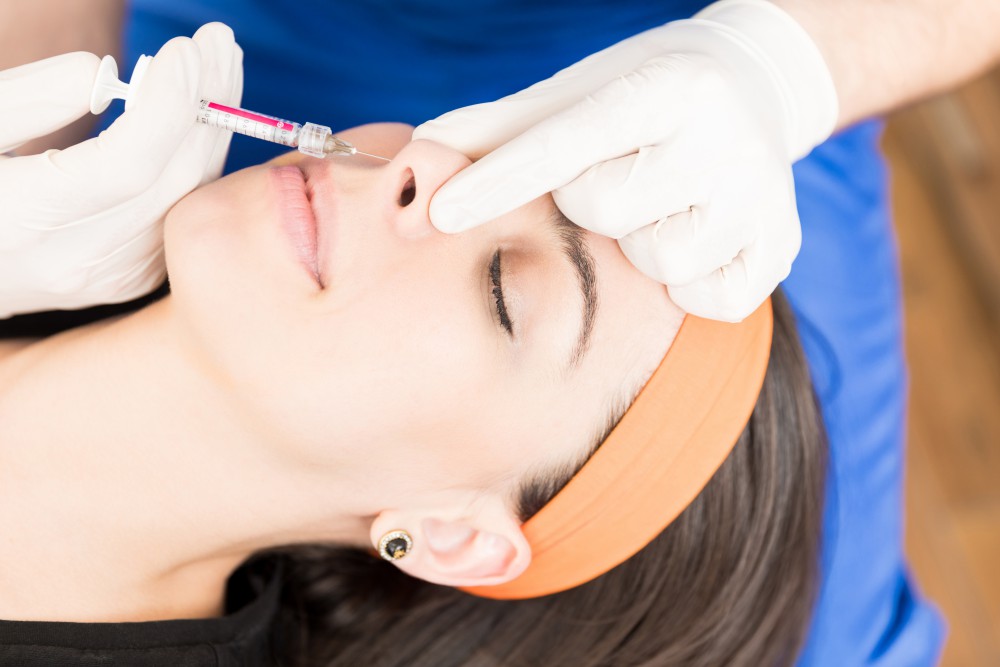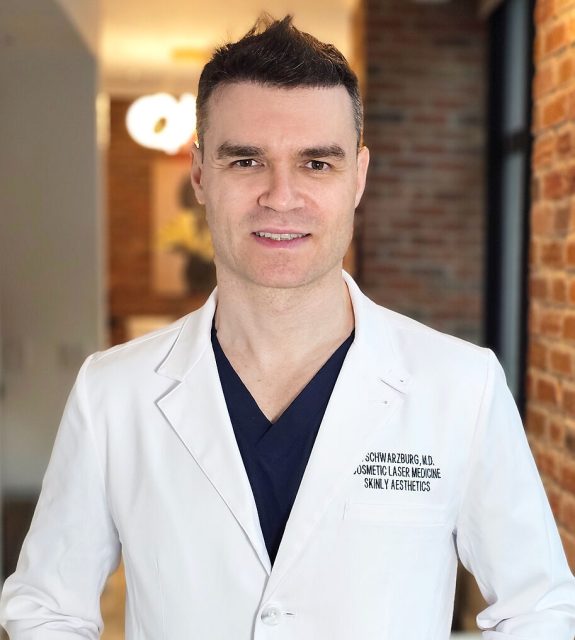Haute Beauty caught up with the country's most renowned plastic surgeons including Dr. Ruslan Zhuravsky, Dr. Lucas Bryant, Dr. Daniel Careaga, Dr. Jason Emer and Dr. Deepak Dugar who walk us through some of the most commonly requested procedures from face fillers to body contouring, the highly-sought-after Scarless nose and skin rejuvenation treatments. Here, each doctor breaks down the procedure by answering the most frequently asked questions pertaining to each area of the body.

What areas of the face are fillers most requested for by patients?
“The most requested areas for filler depend on the person’s age and natural facial structure. Overall the cheeks are the most commonly requested area as they are one of the largest facial subunits and can have a very positive influence on facial aesthetics.”
Does the type of filler differ depending on what area of face are you getting?
“Although each filler has its own very specific on-label uses, experienced injectors choose the right filler not only by the location but also by the intended results. Some fillers produce a softer appearance, while others result in a more defined look.”
– Dr. Ruslan Zhuravsky,www.zfacialplasticsurgery.com
What is the most requested procedure for skin rejuvenation?
“Typically, patients come in asking for a quick fix of fillers or freezers to treat their wrinkles (i.e. Botox, Dysport, Xeomin). Patients are rarely doing a single treatment and there has been an increase of interest on combination treatments such as lasers and micro needling radiofrequency to improve texture, color and tone of their skin as well as increased requests for sculpting and contouring of the face. Treatments such as Morpheus and Fractoraare popular for tightening and brightening as well as improvement in acne scars.”
The number one tip to keeping your skin healthy in the summer?
“Take a dip in the ocean once a week! One of my most popular treatments is TheSalt Facial which utilizes organic sea salt crystals to purify and restore the face and body by exfoliating the top layer of the skin.Sea salt is full of skin-friendly minerals like magnesium, calcium and potassium- which treat various skin conditions and absorbs skin toxins including acne-causing bacteria. Sea salt can also regulate the overproduction of sebum (oil) that leads to clogged pores and ingrown hair.”
– Dr. Jason Emer,www.jasonemermd.com

What is the most requested body procedure?
“The most commonly requested body contouring procedure patients come to see me for is definitely Liposuction. Liposuction is a minimally invasive way to safely remove fat via small hidden incisions and contour the areas being treated such as the abdomen waist and back. The addition of Renuvion/J-Plasma can significantly tighten the skin in patients with a mild to moderate amount of loose skin. Patients with a moderate to severe amount of loose skin or with muscle separation due to pregnancy or weight fluctuations are better served with an Abdominoplasty (Tummy Tuck). This involves tightening of the abdominal muscles, surgical removal of loose skin and contouring of the waist with Liposuction.”
How do you ensure a natural look for breast augmentation?
“Ensuring a natural look for breast augmentation is 100% dependent on surgeon training and experience. There are hundreds of options for breast implants when you consider all the different sizes, shapes and profiles. My experience of having placed over4,000 breast implants allows me to first be able to determine what my patient’s aesthetic goals are and secondly choose the right implant that will give her what she desires. After having chosen the best implant, 3Dtechnology allows me to perform a scan of her breasts and show her exactly how those implants will look on her after surgery. This has taken much of the anxiety and uncertainty patients have about what they will look like.”
– Dr. Daniel Careaga,www.careagaplasticsurgery.com
At what point is it recommended for the patient to get a facelift?
“This is a great question! While the timing of undergoing a facelift is unique to each patient, the considerations each patient makes are often very similar. Traditionally, patients would wait until the very last minute to undergo plastic surgery. Facelift patients tended to be in their 60s or later and further along in the facial aging process before turning to surgery. Recently, this age seems to be dropping and patients (men and women)in their 50s and even 40s now commonly undergo facial plastic surgery procedures. The reasons for this I believe are twofold. First, the results of a few specific types of facelifts, like the deep-plane facelift I perform, can be truly incredible. The field has advanced so much recently that we can offer patients much better outcomes and outcomes that last much longer. This means patients get to enjoy the benefits of their investment for a longer period of time if they have surgery at a younger age.”
Can you fix any damage or mistakes from past botox/fillers with a facelift? If so, how?
“For better or worse, the fastest growing part of facial cosmetics is in non-surgical treatments for sure. Younger patients today are more pro-active and want to maintain their appearance and avoid the signs of aging before they advance too far. As younger patients get more and more non-surgical treatments early on, the rise in revision facial surgery for these patients has increased as well. These are certain things that a qualified facial plastic surgeon can improve or fix completely, but it’s super important that you make sure and tell your surgeon about any previous treatments you may have had before you undergo your procedure. You don’t want to leave your surgeon with any surprises during your case!”
– Dr. Lucas Bryant, www.refinesurgery.com
How can a patient ensure a speedy nose job recovery?
“Patients can ensure a speedy nose job recovery by strict preparation one month before surgery including avoidance of caffeine, alcohol, smoking, and any medications that could thin the blood. Also helpful is if patients avoid strenuous physical activity the month after surgery and continue avoidance of caffeine, alcohol, and smoking. Patients also will be following a strict ICINGprotocol for 6 weeks after surgery to help quickly reduce and minimize swelling of the nose and undereye. Half of my patients get little to no bruising or swelling at all, and of the other half who do get some, most of their swelling and bruising is completely gone by the day the cast comes off. Doing their nose with a Scarless Nose technique, or closes endonasal rhinoplasty helps as there is less manipulation and surgical trauma inflicted to start with.”
What’s the best technique to use when wanting to create a scarless and flawless nose?
“The best technique to use to create a nose with no telltale signs of surgery is always The Scarless Nose aka the closed endonasal rhinoplasty, where all the incisions are made inside the nose to avoid external cuts or scars. This technique is ideal for patients who are looking for subtle yet meaningful refinements to their nose without drastic change. Patients should also look for surgeons who focus on ONE procedure as nothing correlates with surgical success as much as the numbers of procedure a surgeon performs.”
– Dr. Deepak Dugar,www.scarlessnose.com





















